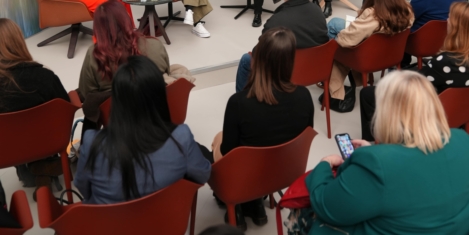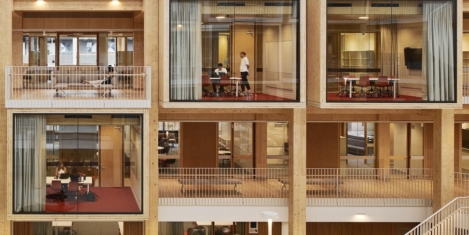December 19, 2024
Workspace Design Show reveals first names for must-visit talks programme
 Now a firm fixture on the design event calendar, Workspace Design Show has revealed the first raft of names who will make up its speaker programme for the upcoming edition in February 2025. Once again bringing the commercial interior design industry’s most inspiring and creative leaders together, the Workspace Design Talks programme features senior figures from architecture and design such as Alessandro Ranaldi, Partner, Head of Workplace Consultancy, Foster + Partners; Helen Berresford, Head of ID:SR at Sheppard Robson and Adrienne Lau, Senior Associate, Heatherwick Studio, Cristiano Testi, Principal Director, tp bennett, and Angela Bardino, Senior Associate Director – Interiors, Jacobs. (more…)
Now a firm fixture on the design event calendar, Workspace Design Show has revealed the first raft of names who will make up its speaker programme for the upcoming edition in February 2025. Once again bringing the commercial interior design industry’s most inspiring and creative leaders together, the Workspace Design Talks programme features senior figures from architecture and design such as Alessandro Ranaldi, Partner, Head of Workplace Consultancy, Foster + Partners; Helen Berresford, Head of ID:SR at Sheppard Robson and Adrienne Lau, Senior Associate, Heatherwick Studio, Cristiano Testi, Principal Director, tp bennett, and Angela Bardino, Senior Associate Director – Interiors, Jacobs. (more…)



































December 3, 2024
Do you have leadership paralysis?
by Jennifer Bryan • Business, Comment, JB